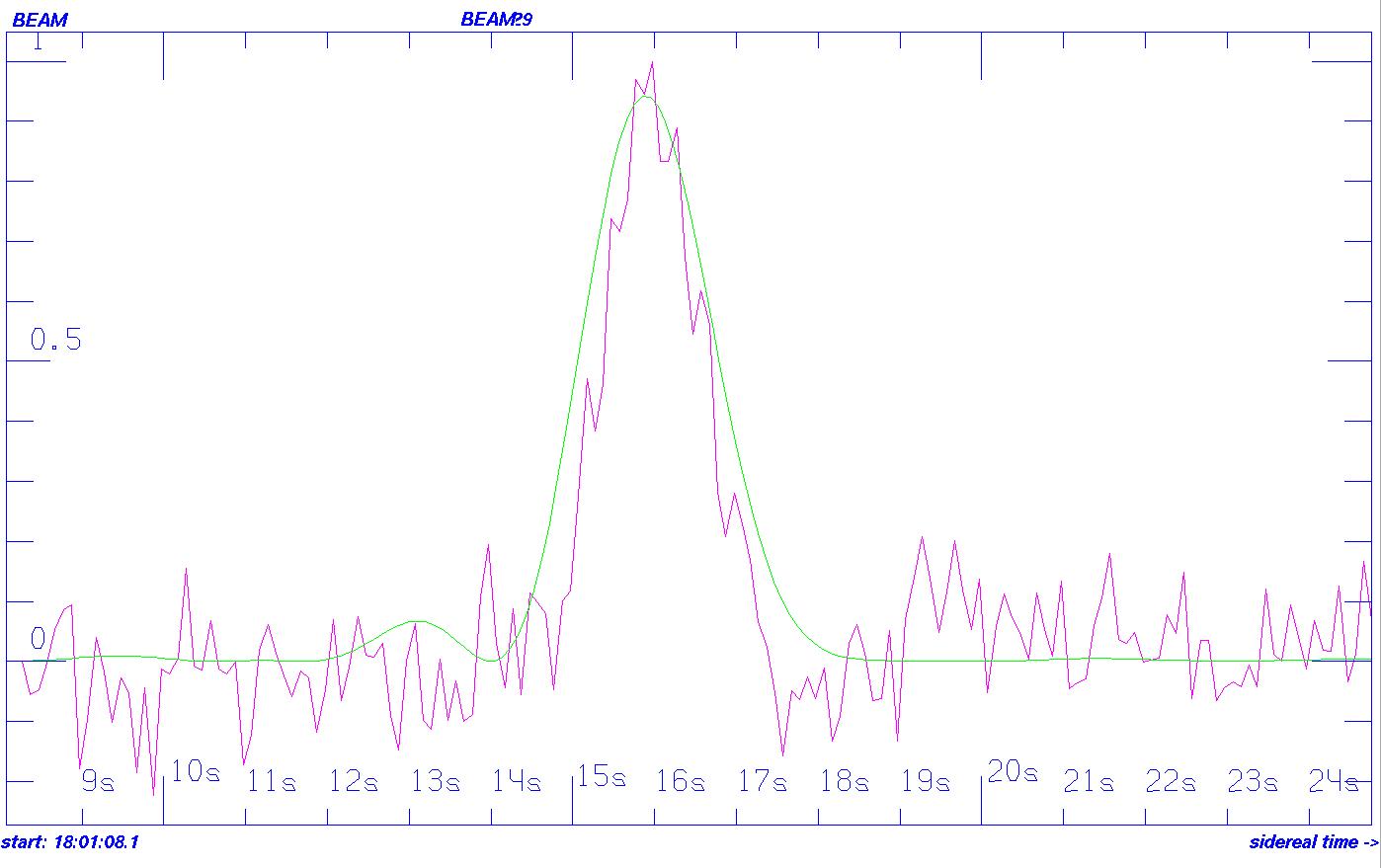The Search for Extraterrestrial Intelligence Institute (SETI) is investigating a possible extraterrestrial signal originating from a 6.3 billion-year-old star located 95 light years away from Earth in the constellation Hercules.
It was first detected in May 2015 with the RATAN-600 radio telescope in Zelenchuskaya, Russia, but the discovery was kept secret from the media. Paul Gilster leaked the information proving that a document has been circulating among Russian astronomers announcing the existence of “a strong signal in the direction of HD 164595.” There is still no information as to whether the signal was emitted by an extraterrestrial entity, but it is being investigated to rule out every other possibility.

Detecting a signal 8 x 10^17 meters from earth
HD 164595 is a G-class star, just like the sun. Only 7.6 percent of all stars are G-class, and our sun is more massive than 95 percent of the other stars in the universe.
Researchers believe that, if the signal came from a beacon able to be detected and deciphered by both emitter and receiver, it could be the work of a Kardashev Type II civilization.

Humans on earth constitute a Type I civilization. Type II civilizations should be able to do everything that a Type I is able to, while also being capable of producing antimatter, absorbing energy from stars, removing some of its matter in a controlled scenario, and slowing down black holes.
Type III civilizations should be able to do everything a Type II could, with the possibility of doing so to every star of a galaxy. The signal will be discussed at the 67th International Astronautical Congress in Guadalajara, Mexico, but speakers have already suggested that it could have originated from terrestrial radio-frequency interference.
The star that originated the signal, HD 164595, has almost the same components as our sun. The only confirmed planet on its orbit is HD 164595 b, which has a mass equivalent to 5 percent of Jupiter’s or 16 Earths, and goes around its host star every 40 days.
Astronomers compare it to a warmer version of Neptune. There is no further information about any other planet in HD 164595’s orbit, but scientists do not rule out the possibility of more terrestrial planets.
Do not get excited yet
The signal was observed once by one team using only one telescope. The whole event lasted only two seconds, which accredits the signal with a Rio scale score of 1 (insignificant) or 2 (low) in the matter of its relevance according to the SETI analysis.
Although expectations are low, as it is not easy to simulate the signal towards the direction from which it originated. SETI believes that HD 164595 is an excellent objective to monitor continuously.

The highest score of an event measured in the Rio scale is 10, which would have to include an Earth-specific message or extraterrestrial artifact, a physical encounter, and a verifiable phenomenon captured by SETI open to repeated observation. The character of any signal or beacon directed or perceived by the earth is important for the relevance of these discoveries.
Signals can be designed to draw attention, or simply be leakage of radiation with no verifiable origin. They should also be able to be responded to, or at least understood and analyzed. A repeated signal is more reliable than an event that was only verified but did not occur ever again.
In this case, the signal lasted a mere two seconds, but the sole possibility of extraterrestrial life having emitted the signal will accentuate research efforts to disprove the theory or to finally verify that we are not alone in space.
Source: Centauri Dreams
